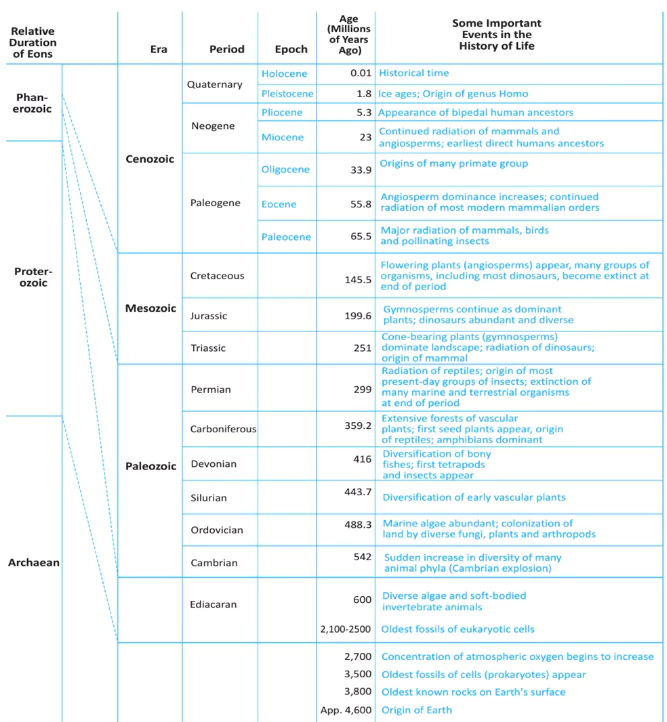Evolution of Earth is a journey of cosmic processes, geological transformations, and biological evolution. Understanding the origin and evolution of Earth sheds light on our planet’s history and provides insights into the broader context of the universe and the conditions that sustain life. This exploration is all about looking into different areas like space, rocks, chemicals, and living things to figure out what happened in the history of our planet.
Theories Surrounding the Origin of Earth
Early Theories of Planetary Formation
- Nebular Hypothesis: German philosopher Immanuel Kant gave the theory known as Nebular Hypothesis and Mathematician Laplace revised it in 1796.
- It said that the planets were formed out of slowly rotating clouds of material associated with a youthful sun.
- Revised Nebular Hypothesis: Given by Otto Schmidt (Russia) and Carl Weizascar (Germany).
- It said that the sun was surrounded by solar nebulae containing mostly hydrogen, helium, and dust formed due to the friction and collision of particles.
- The planets formed through the Process of Accretion.
- Planetesimal Hypothesis: Given by Chamberlain and Moulton in 1900, later supported by Sir James Jeans and later Sir Harold Jeffrey.
- According to this, a wandering star approached the Sun.
- A cigar-shaped extension of material was separated from the solar surface.
- As the passing star moved away, the material separated from the solar surface continued to revolve around the sun and it slowly condensed into planets
Modern Theory of the Big Bang
- Big Bang Theory or Expanding Universe Hypothesis: Formulated by Georges Lemaitre; strengthened by Edwin Hubble’s observations and the discovery of cosmic microwave background radiation (CMB) by Penzias and Wilson.
- It states that 13.8 billion years ago, ‘tiny ball‘ exploded and later expansion of the universe took place.
- Energy was converted to matter during growth.
- An alternative to the expansion of the universe was Hoyle’s concept of steady state which considered the universe to be roughly the same at any point of time.
Enroll now for UPSC Online Course
Star Formation in Cosmic Clouds
- The distribution of matter and energy was uneven in the early universe. These initial density differences in gravitational forces caused the matter to get drawn together.
- These formed the basis for the development of galaxies. A galaxy contains a large number of stars.
- A galaxy starts to form through the accumulation of hydrogen gas in the form of a very large cloud called a nebula.
- Eventually, growing nebulae develop localised clumps of gas.
- These clumps continue to grow into even denser gaseous bodies, giving rise to the formation of stars.
Formation of Planets from Cosmic Debris
- The stars are localised lumps of gas within a nebula. The gravitational force within the lumps leads to the formation of a core to the gas cloud and a huge rotating disc of gas and dust develops around the gas core.
- In the next stage, the gas cloud starts getting condensed and the matter around the core develops into small rounded objects.
- These small-rounded objects formed by the process of cohesion develop into what is called planetesimals (large numbers of smaller bodies).
- Larger bodies start forming by collision, and gravitational attraction causes the material to stick together.
- In there numbers of small planetesimals accrete to form fewer large bodies in the form of planets.
Origin of Life
- Early Earth’s Atmosphere: Initially the earth’s atmosphere was not conducive for the development of life.
- Formation of Primordial Atmosphere: Atmosphere was mostly created by gasses released by volcanoes. It contained methane, hydrogen sulfide, and between 10 and 200 times the amount of carbon dioxide found in the atmosphere today. [UPSC 2018]
- Degassing: The process through which the gases were outpoured from the interior is called degassing.
- Record of Life: that existed on this planet in different periods is found in rocks in the form of fossils.
- Emergence of Life: The microscopic structures closely related to the present form of blue algae have been found in geological formations much older than some 3,000 million years. It can be assumed that life began to evolve sometime 3,800 million years ago.
Earth’s Unique Features and Characteristics
- Earth is the fifth largest planet in the Solar system; also called Blue Planet as two-thirds of the surface is covered by water.
- Shape: Geoid (oblate spheroid) – slightly flattened at the Poles and bulging at the Equator.
- Goldilocks Zone: Earth lies in the Goldilocks Zone – water can exist in a liquid state.
- Densest planet in the solar system.
- Speed of Rotation: around the axis is maximum at the equator and decreases poleward.
- Axis of the Earth: It is an imaginary line, making an angle of 66½° with its orbital plane.
| Timeline |
Event |
| 13.7 billion years ago |
Event of Big Bang |
| 5-6 billion years ago |
Formation of stars |
| 4.6 billion years ago |
Planets were formed |
| 4.4 billion years ago |
Moon was formed |
| 4000 million years ago |
Formation of oceans |
| 3800 million years ago |
Life began to evolve |
| 2500-3000 million years ago |
Process of Photosynthesis got evolved |
Geological Time Scale

Conclusion
The Earth formed approximately 4.5 billion years ago through the accretion of cosmic dust and gas in the early solar system. Over time, it underwent significant geological and biological changes, shaping its surface and atmosphere. These changes include the formation of oceans, continents, and the emergence of life forms. The Earth continues to evolve, influenced by natural processes and human activities. Understanding the origin and evolution of our planet provides crucial insights into its past, present, and future.
![]() April 26, 2024
April 26, 2024
![]() 5141
5141
![]() 0
0
